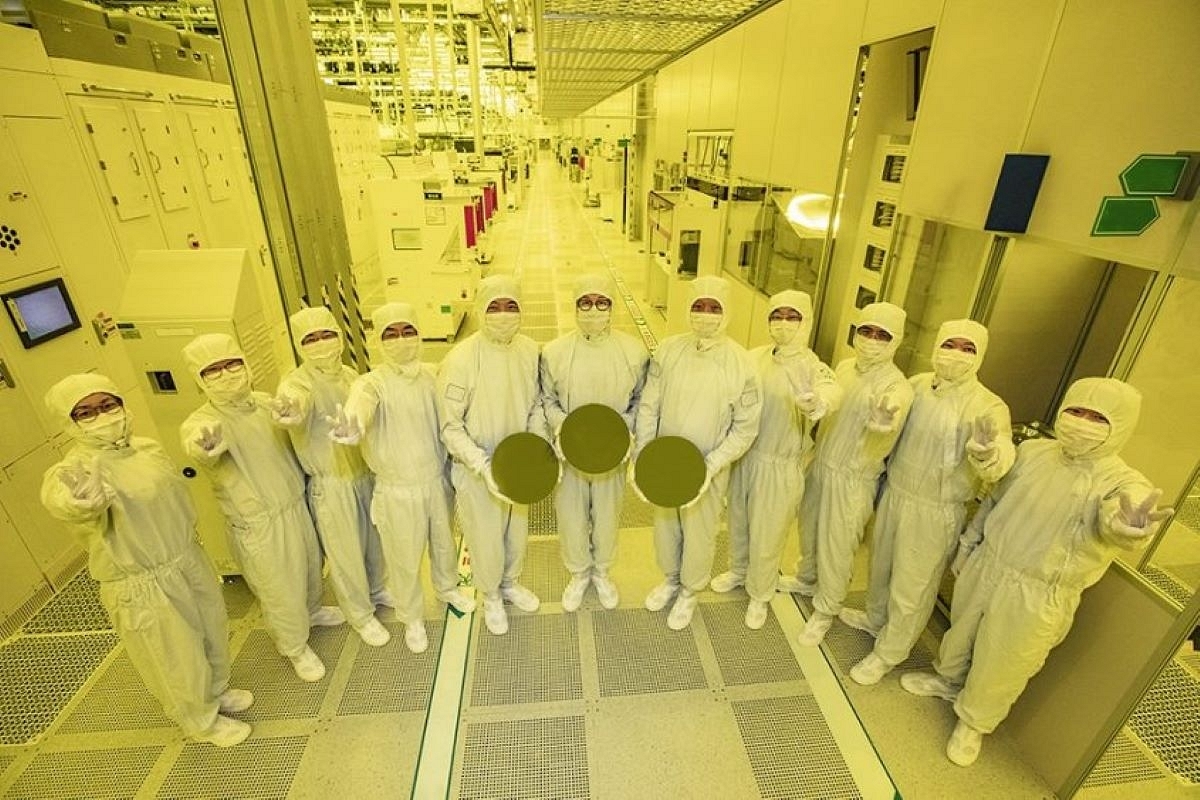Tech
U.S Ban On Export Of Electronic Computer-Aided Design (ECAD) And GAAFET Tools Set To Derail China's 3nm Chip Ambitions
- The US Department of Commerce’s Bureau of Industry and Security (BIS) has announced ban on export of Electronic Computer-Aided Design (ECAD) software specially designed for the development of integrated circuits with Gate-All Around Field-Effect Transistor (GAAFET) structure. A new-generation semiconductor technology, GAAFET holds the key to scaling to 3 nanometer and below technology nodes.

Samsung Using 3nm Process Technology With GAA Architecture
The US Department of Commerce’s Bureau of Industry and Security (BIS) on Friday (Aug 12) announced ban on export of Electronic Computer-Aided Design (ECAD) software specially designed for the development of integrated circuits with Gate-All Around Field-Effect Transistor (GAAFET) structure.
The ban on ECAD software exports to China is likely to impact Chinese domestic chip companies from accessing advanced semiconductor technology, as they attempt to upgrade to 3-nanometer processes in the next three to five years.
ECAD is a category of software tools used for designing, analyzing, optimizing, and validating the performance of integrated circuits or printed circuit boards. ECAD software is used in a variety of applications by the military and aerospace defense industries for designing complex integrated circuits.
A new-generation semiconductor technology, GAAFET holds the key to scaling to 3 nanometer and below technology nodes. GAAFET technologies enable faster, energy efficient, and more radiation-tolerant integrated circuits that can advance many commercial as well as military applications including defense and communications satellites.
Chips behemoths like Intel and Samsung Electronics Co are adopting to make 4-nanometer and 3-nanometer chips using GAAFET technology.
The BIS also announced ban on export of Gallium Oxide and diamond. two key materials that allow semiconductors that use them to work under more severe conditions, such as at higher voltages or higher temperatures.
In a statement, the BIS said that the new export controls on these technologies meet the criteria for 'emerging and foundational technologies' under Section 1758 of the Export Control Reform Act (ECRA) and are essential to the national security of the United States.
Chinese chip designers and foundry service providers lag behind the world’s major chipmakers in developing advanced chips, so the ban of software to design GAAFET technology should not have any substantial effect on them in the short term, according to industry experts.
One success story for China has been the Semiconductor Manufacturing International Corp (SMIC), the country's top chip maker, is already able to produce 14-nm chips. Some Chinese observers have claimed that it has also achieved the capability to make 7-nm chips.
Although China is the world’s largest consumer of semiconductors, it has a disproportionately small international market share of production and a very low domestic chip self-sufficiency rate.
The world’s top two EDA tool suppliers — Synopsys Inc and Cadence Design Systems Inc, both based in the US — have a combined 62 percent share of the world market, while Siemens EDA, ranked third, has a 13 percent share, according to a report by marker research agency TrendForce
Empyrean Technology Co Ltd , China’s biggest EDA software provider, lags far behind its US peers in terms of technology development and revenue scale
Introducing ElectionsHQ + 50 Ground Reports Project
The 2024 elections might seem easy to guess, but there are some important questions that shouldn't be missed.
Do freebies still sway voters? Do people prioritise infrastructure when voting? How will Punjab vote?
The answers to these questions provide great insights into where we, as a country, are headed in the years to come.
Swarajya is starting a project with an aim to do 50 solid ground stories and a smart commentary service on WhatsApp, a one-of-a-kind. We'd love your support during this election season.
Click below to contribute.
Latest